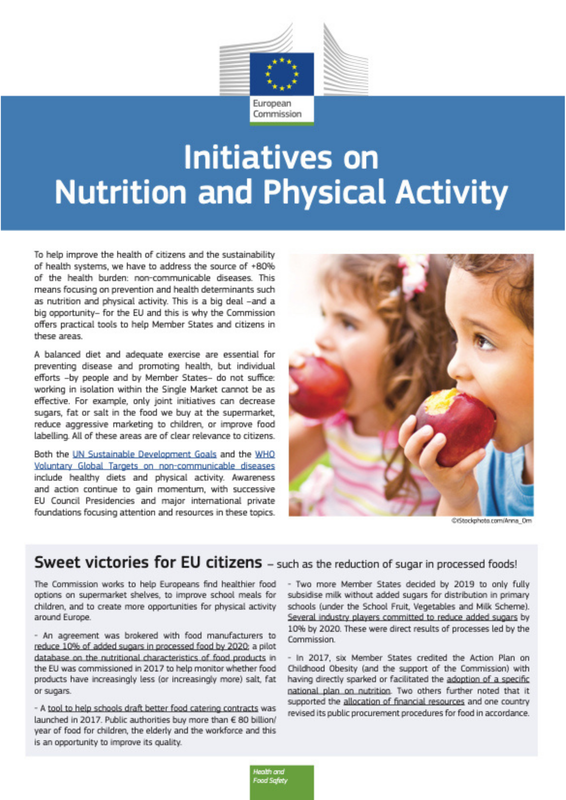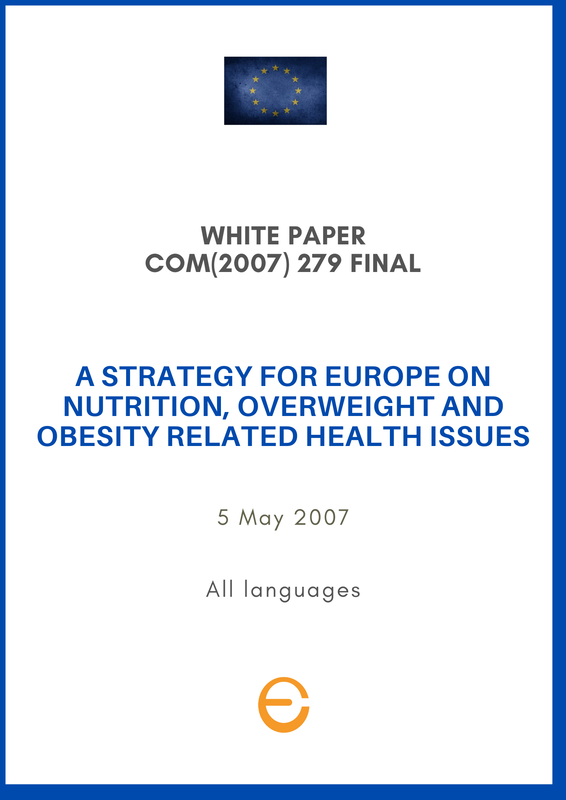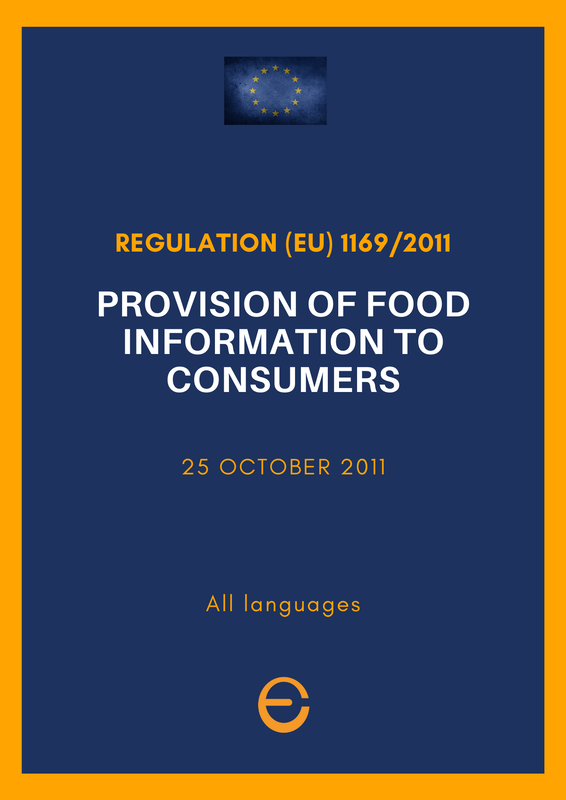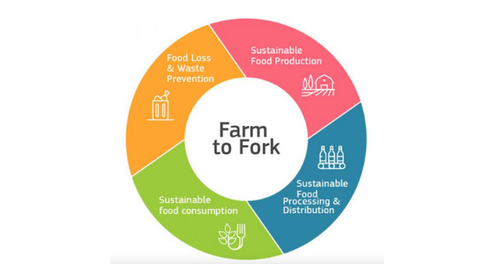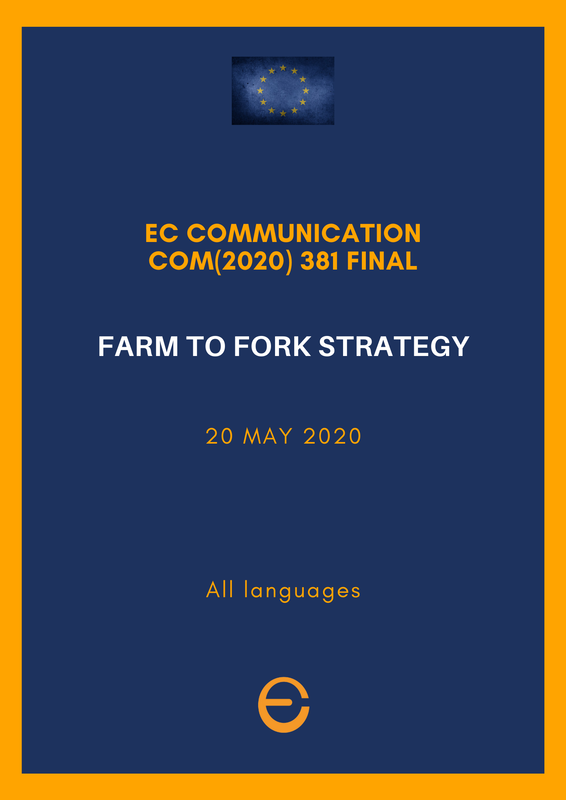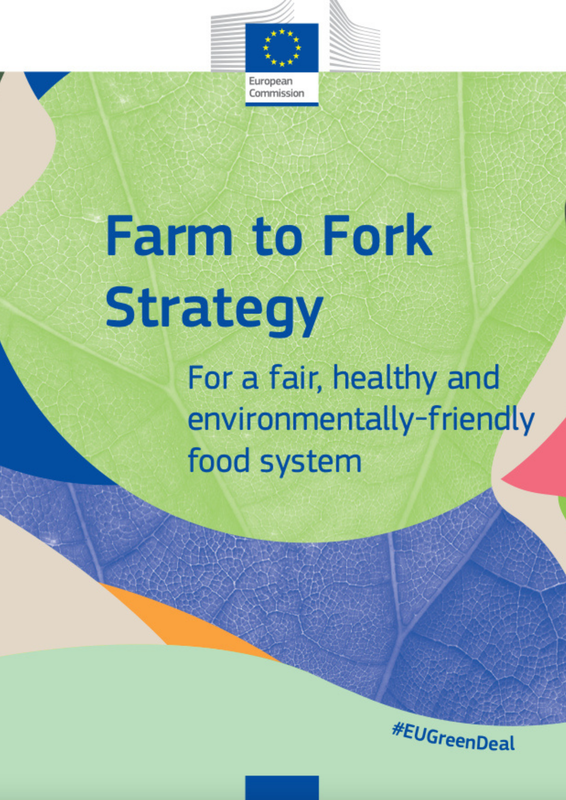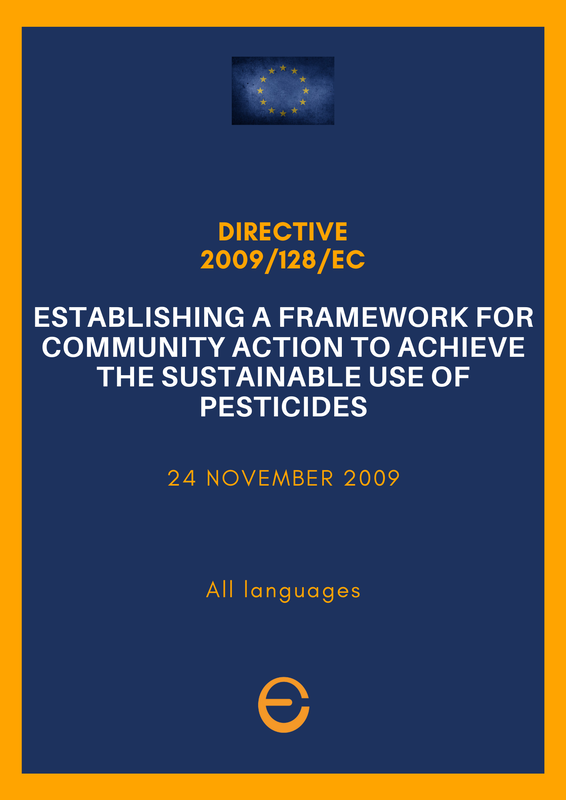|
Last updates: |
|
Nutrition and physical activity
Nutrition and physical activity are two important factors in preserving the health of citizens.
Therefore, the EU intervenes in many ways to improve nutritional quality, starting with the production of food and animal feed, along the entire value chain, up to the arrival of food on the consumer's table.
Furthermore, it promotes physical activity in many ways, both directly with the promotion of individual physical activity, and indirectly by acting on urban, transport and regional policies.
In 2021, the European Commission launched the Farm for Fork Strategy
What EU is doing
|
Acting on nutrition and physical activity is essential for health promotion and disease prevention and in some areas only EU coordination can ensure results. In May 2007, the Commission established a coherent and comprehensive Community Strategy to address the issues of overweight and obesity, by adopting the White Paper on a Strategy on Nutrition, Overweight, and Obesity-related health issues, focussing on action that can be taken at local, regional, national and European levels to reduce the risks associated with poor nutrition and limited physical exercise, while addressing the issue of inequalities across member states. The 2007 Strategy is still the guide for EU actions and in particular:
|
Farm for Fork Strategy
|
In May 2020, the European Commission launched the Farm to Fork strategy, with the aim of making food systems fair, healthy and environmentally friendly. Food systems cannot be resilient to crises like the COVID-19 pandemic if they are not sustainable. It is therefore necessary to redesign the food systems, which today represent almost a third of global GHG emissions, consume large quantities of natural resources, cause biodiversity loss and can have a negative impact on health (due to both under and overnourishment) and do not allow equitable economic returns and means of subsistence for all actors, in particular for primary producers. Putting food systems on a sustainable path also brings new opportunities for operators in the food value chain. New technologies and scientific breakthroughs, coupled with growing public awareness and demand for sustainable food, will benefit all stakeholders. Aim of the initiative
The aim of the Farm to Fork Strategy is to accelerate the EU’s transition to a sustainable food system that:
The strategy sets out both regulatory and non-regulatory initiatives, with the common agricultural and fisheries policies as key tools to support a just transition. A proposal for a legislative framework for sustainable food systems will be put forward to support implementation of the strategy and development of sustainable food policy. Taking stock of learning from the COVID-19 pandemic, the Commission will also develop a contingency plan for ensuring food supply and food security. The EU will support the global transition to sustainable agri-food systems through its trade policies and international cooperation instruments. |
Action plan
A draft action plan is annexed to the communication. It contains a list of proposals for new legislation and a list of current legislation to be revised, as well as a number of other reviews and initiatives. These include:
2030 targets
The strategy sets out a number of concrete targets to be reached by 2030:
The strategy also aims to have fast broadband available in all rural areas by 2025.
In 2020, a roadmap started to assess the effectiveness of existing European legislation for animal welfare, as an integral part of the Farm for Fork Strategy. The roadmap foresees a first public consultation until the end of 2021, followed by a possible proposal to amend the legislation. Consult the Fitness Check Roadmap
A draft action plan is annexed to the communication. It contains a list of proposals for new legislation and a list of current legislation to be revised, as well as a number of other reviews and initiatives. These include:
- a proposal to revise Directive 2009/128/EC (last revision in 2019) on the sustainable use of pesticides to significantly reduce the use, risk and dependency on pesticides and enhance integrated pest management;
- a proposal for a harmonised mandatory front-of-pack nutrition labelling to enable consumers to make health-conscious food choices, which follows report of the European Commission on the use of front-of-pack nutrition labelling stemming from Regulation (EU) No 1169/2011 on Food information to consumers.
- setting nutrient profiles to restrict promotion of food high in salt, sugars and/or fat, which follows the Commission working document evaluating Regulation (EC) No 1924/2006 on nutrition and health claims;
- the evaluation and revision of the existing animal welfare legislation, including on animal transport and slaughter of animals, which links to the Commission roadmap for the fitness check of EU animal welfare legislation.
2030 targets
The strategy sets out a number of concrete targets to be reached by 2030:
- Pesticides. Reduce by 50% the use and risk of chemical pesticides and the use of more hazardous pesticides. Implementation Report on the Sustainable Use of Pesticides Directive + Annex. Report on the REFIT evaluation of the pesticide legislation and Staff working document
- Nutrients and labelling. Reduce nutrient loss by at least 50% while ensuring no loss in soil fertility and reduce fertiliser use by at least 20%. Report on front-of-pack nutrition labelling. Commission Staff Working Document of the Evaluation of the Nutrition and Health Claims Regulation and List of Appendices to the Commission Staff Working Document and the Executive Summary of the evaluation of the Nutrition and Health Claims Regulation
- Antimicrobial resistance. Reduce by 50% the use of antimicrobials such as antibiotics for farmed animals and aquaculture.
- Organic farming. See at least 25% of farmland under organic farming. Staff Working Document on the link between the CAP reform and the Green Deal.
The strategy also aims to have fast broadband available in all rural areas by 2025.
In 2020, a roadmap started to assess the effectiveness of existing European legislation for animal welfare, as an integral part of the Farm for Fork Strategy. The roadmap foresees a first public consultation until the end of 2021, followed by a possible proposal to amend the legislation. Consult the Fitness Check Roadmap
EU Funds on Public Health
The Commission funds several initiatives addressing nutrition and physical activity through its Health Programmes. It also manages pilot projects funded by the European Parliament to test novel practices.
The Commission funds several initiatives addressing nutrition and physical activity through its Health Programmes. It also manages pilot projects funded by the European Parliament to test novel practices.

